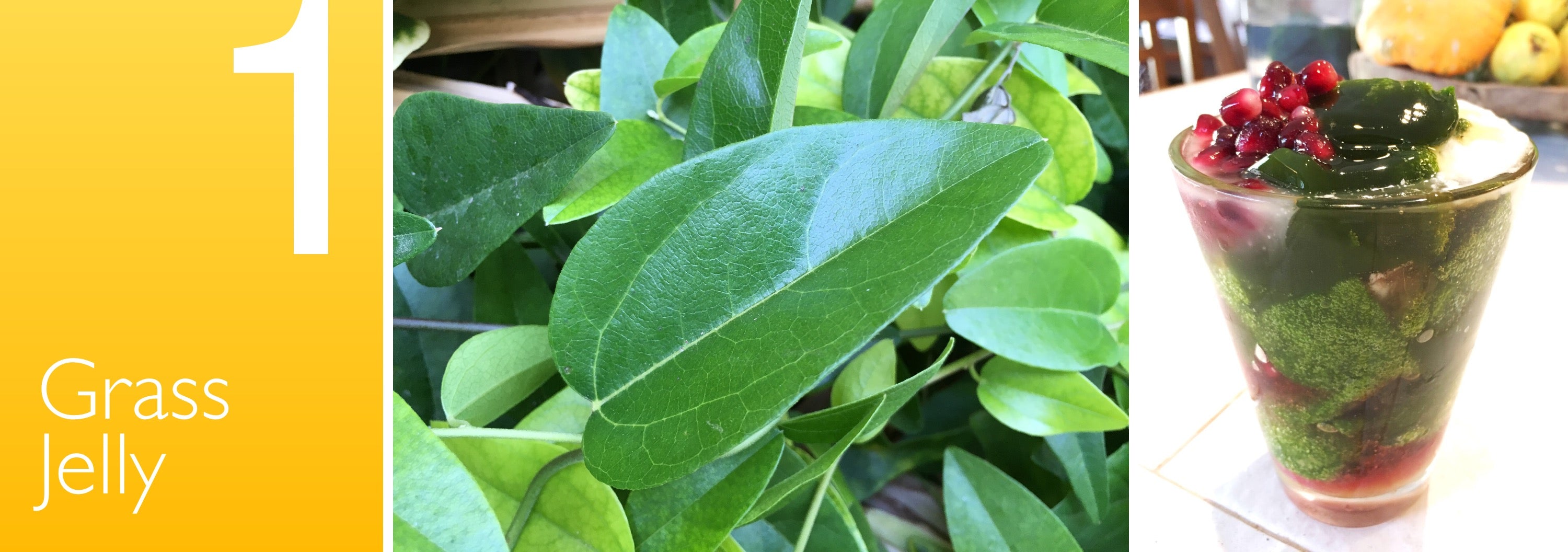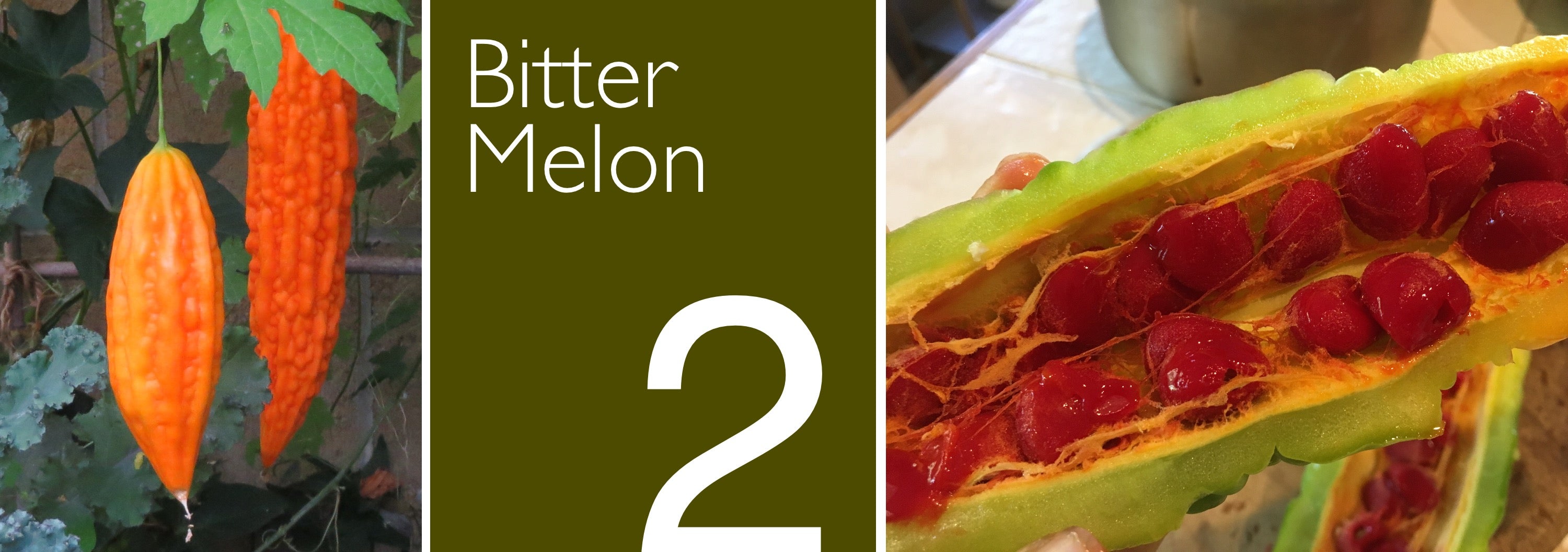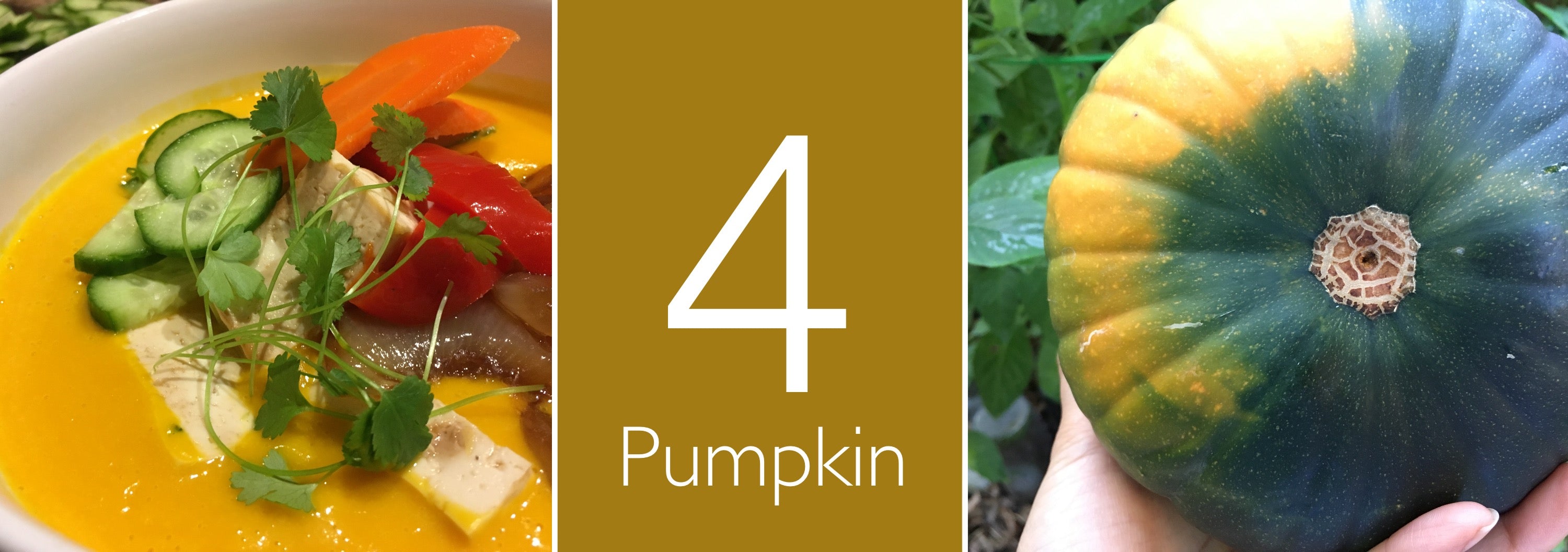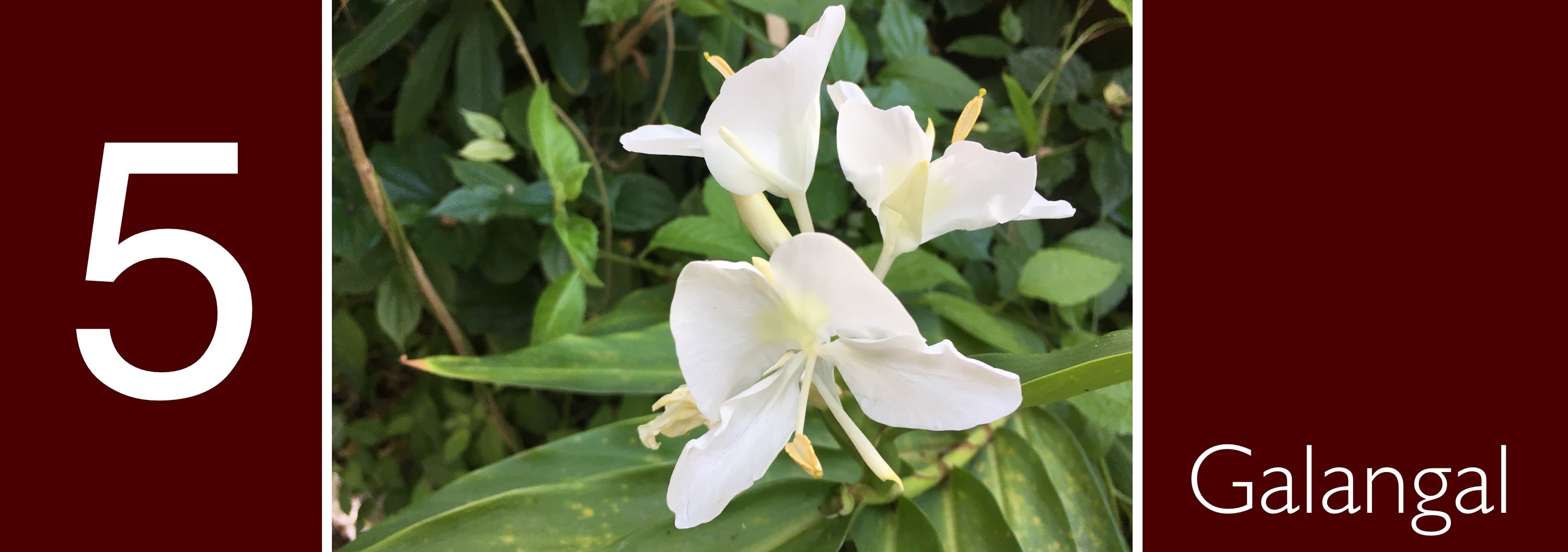My Top 5 Favorites To Grow 2017 January 09 2018
There’s a few greens that grows year round here in Southern California. It’s not a coincidence, these two happens to be my top 3 favorite leafy greens: Gynura procumbens AKA Longevity Spinach, Ashitaba, and a variety of Kale.
Aside from the greens just mentioned, I like growing different crops each year to keep things exciting and diverse in our diet. This is especially a good idea when you are growing in limited space. Below are my top 5 favorites grown last year. Since I incorporated these food in different dishes and use them for different health reasons, I will not be labeling which plant is more significant to me than others.

Though I had been growing Grass Jelly (Cocculus orbiculatus) for years now, but last year was when I made use of the plant the most frequent. I’ve always made “jello” with the leaves of this vine and paired it with chia seeds, edible flowers, honey, berries or other fruits. It wasn’t until last year when I thought of pairing it with coconut cream, pomegranates and honey. Since then it’s been my favorite way of eating “jello”. I made this a couple times a week throughout our pomegranate season.
Bitter Melon

Although the taste of bitter is not for everyone, but I’ve always loved this vegetable. To me it’s the bits of bitter in my savory food that makes it taste even better! Last year was exciting for me because I figured out how to grow this vine with much more success in my very conservative watering garden. Once these vines started to take off, I had enough to harvest for cooking weekly. I fermented them, made stir fried with eggs, soups, stuffed Bitter Melons.
Sabah Snake Grass

There’s articles of studies and personal experiences from patients who used this herb to aid their kidneys or fight cancers. Do your own research and you will be amazed by the information available! As for me, I am all about eating foods that have the ability to prevent or combat varies diseases. However, if you want to try something new, I will remind you to only try what you are absolutely comfortable with, and have researched about of course. As for me and my family, including my dog, we have a few raw leaves or add them in smoothies once or few times weekly.
Most people I know are not a fan of the taste of leafy greens. That’s makes Sabah Snake Grass special because it does not have a strong flavor like kale or collard greens. It’s a medicinal herb so it’s not something to eat in large volume like a salad unless it’s a in a protocol for treatment of healthy conditions, which you have thoroughly researched and discussed with a medical professional.
Pumpkin

Somehow there were a couple of volunteer pumpkins that sprouted and started taking over the front garden. Though I couldn’t identify the variety, this pumpkin does have flavor closest to a Japanese pumpkin like a Kabocha. It was a productive crop that produced pumpkins that were ready for harvest within 2-3 weeks after flowering. I enjoyed the taste of these pumpkins throughout the different stages of maturity.
Pumpkin is cooked on a regular basis in my home. It’s a healthier choice of starch that keeps us full and satisfied. Since I make grain-free, low carbohydrate food for my dog, pumpkin became the very ingredient that keeps her tummy satisfied as well. I also enjoyed making pumpkin soups, stir frys, and casseroles with these pumpkins.
Galangal

This is a type of ginger is believed to be originated form southern China, but it is commonly used in Thai cuisine. Galangal has a strong but inviting aroma that tastes like pepper and ginger combined. In Thailand it’s called Krachaai, and this herb is what gives Thai cuisine the distinctive taste. I add this root herb in Tom Yum Soup along with Lemon Grass and Kaffir Lime leaves. Flowers of this plant is pleasantly fragrant. Just a few in bloom was enough to make the side garden smell like perfume.
